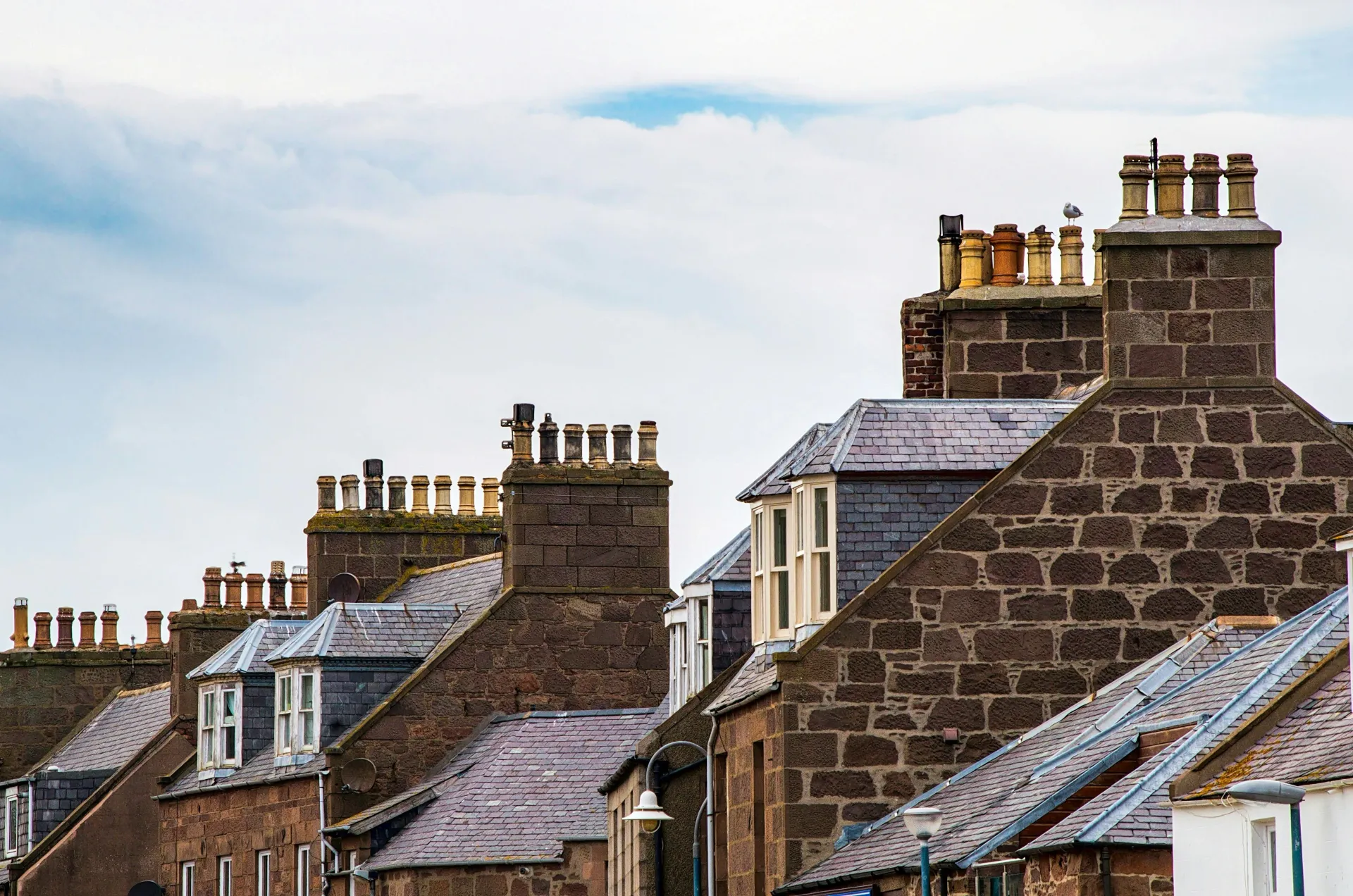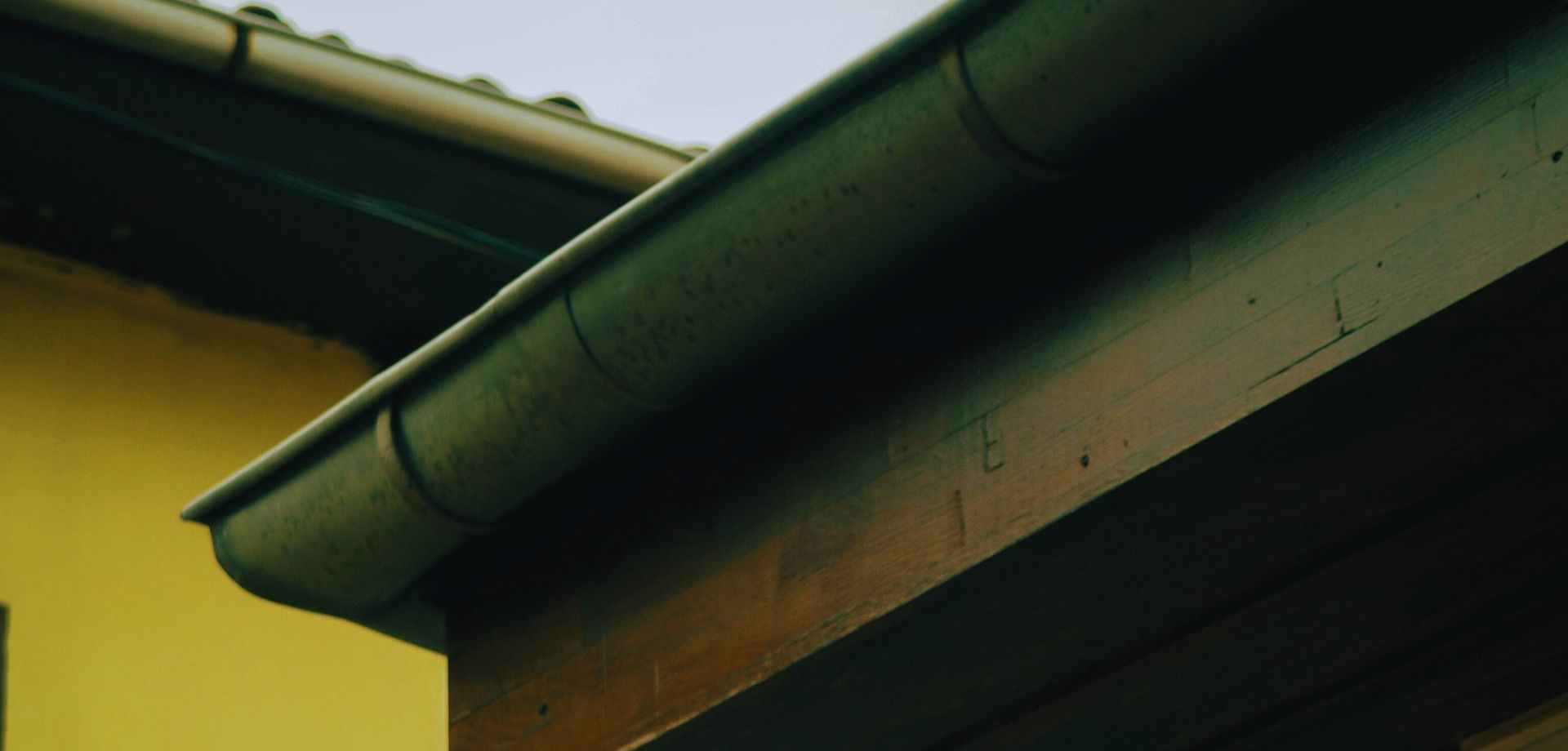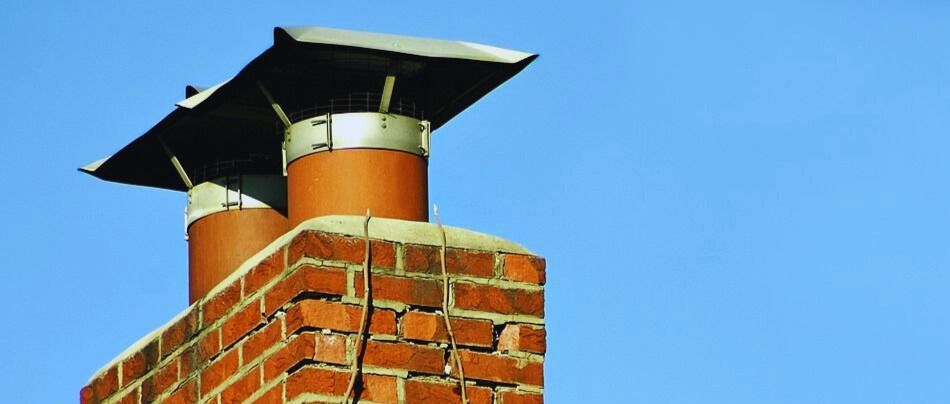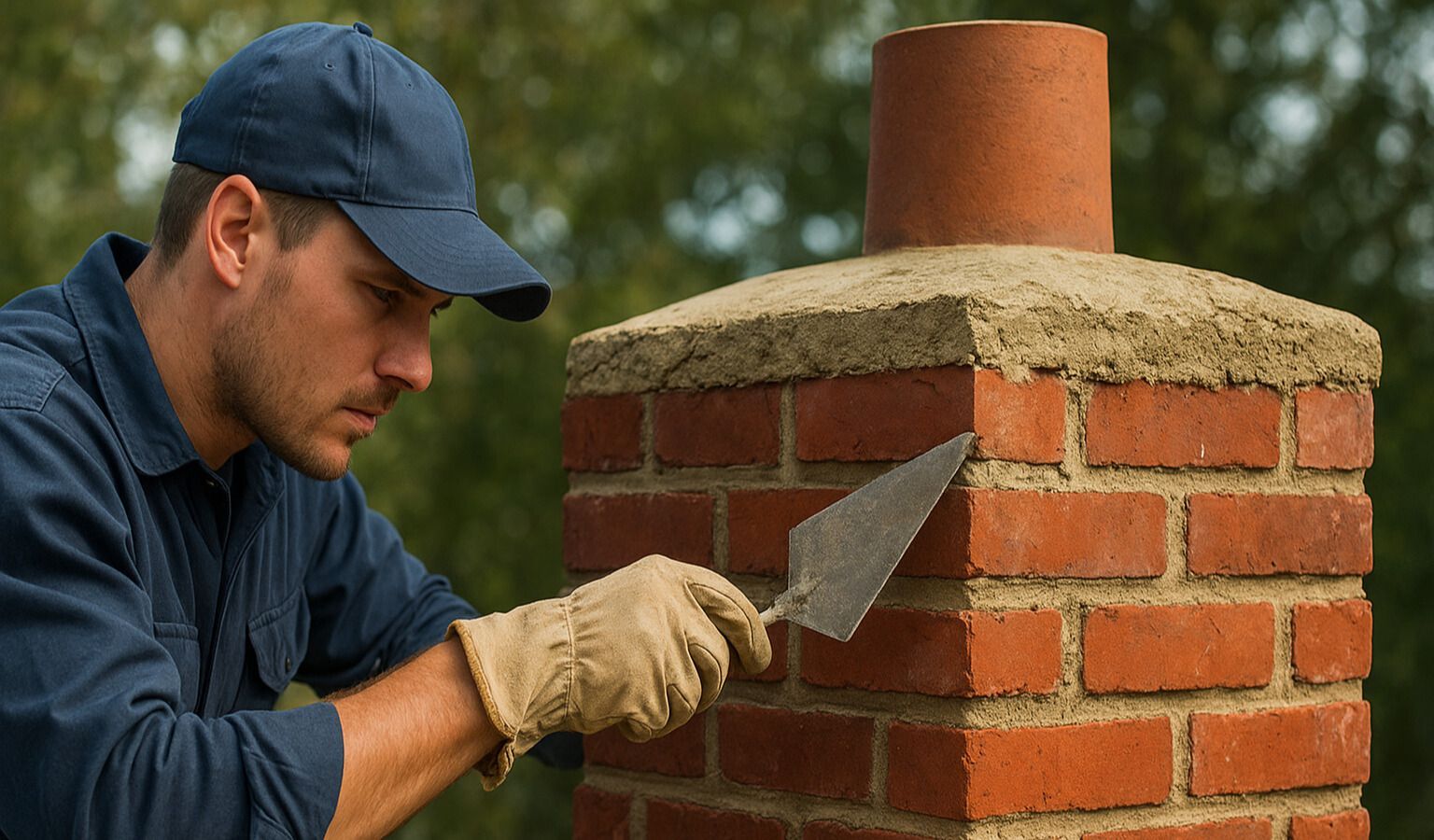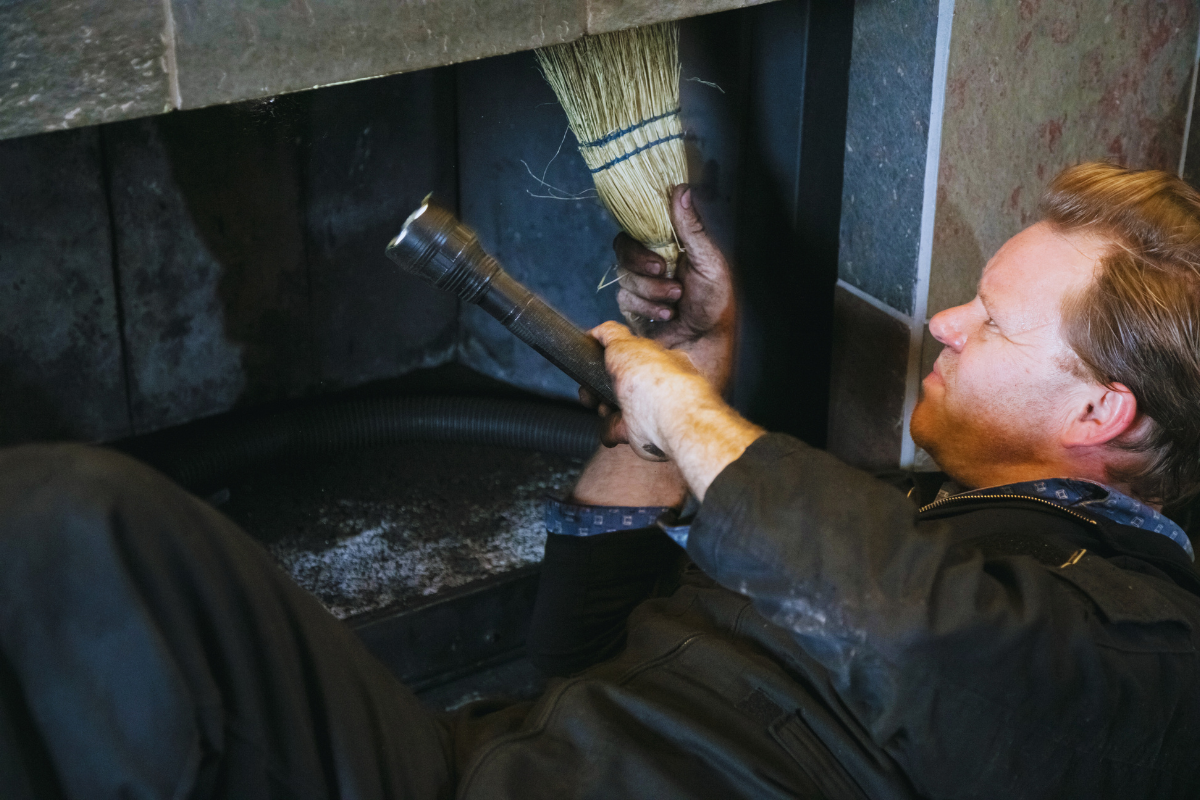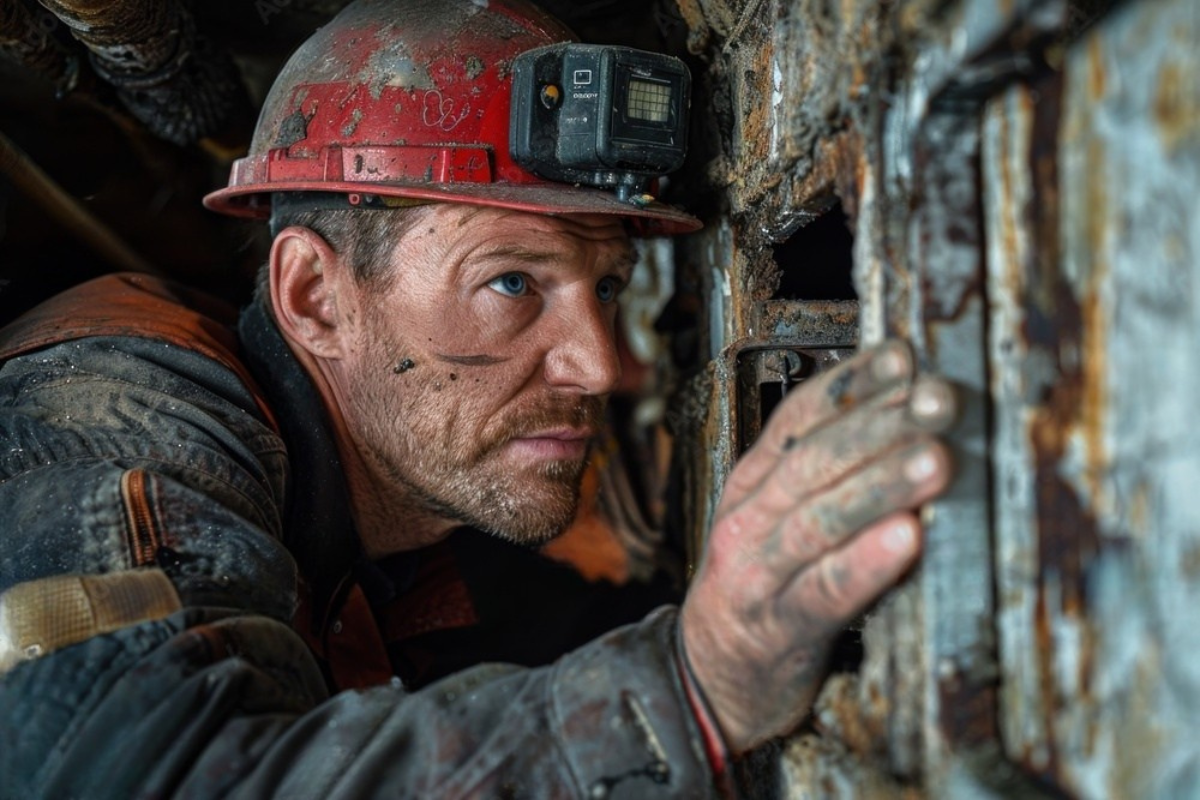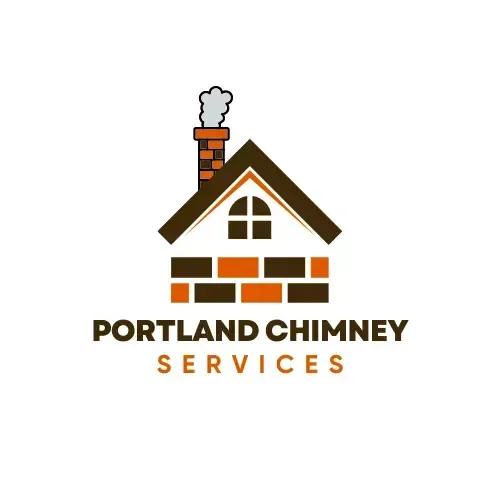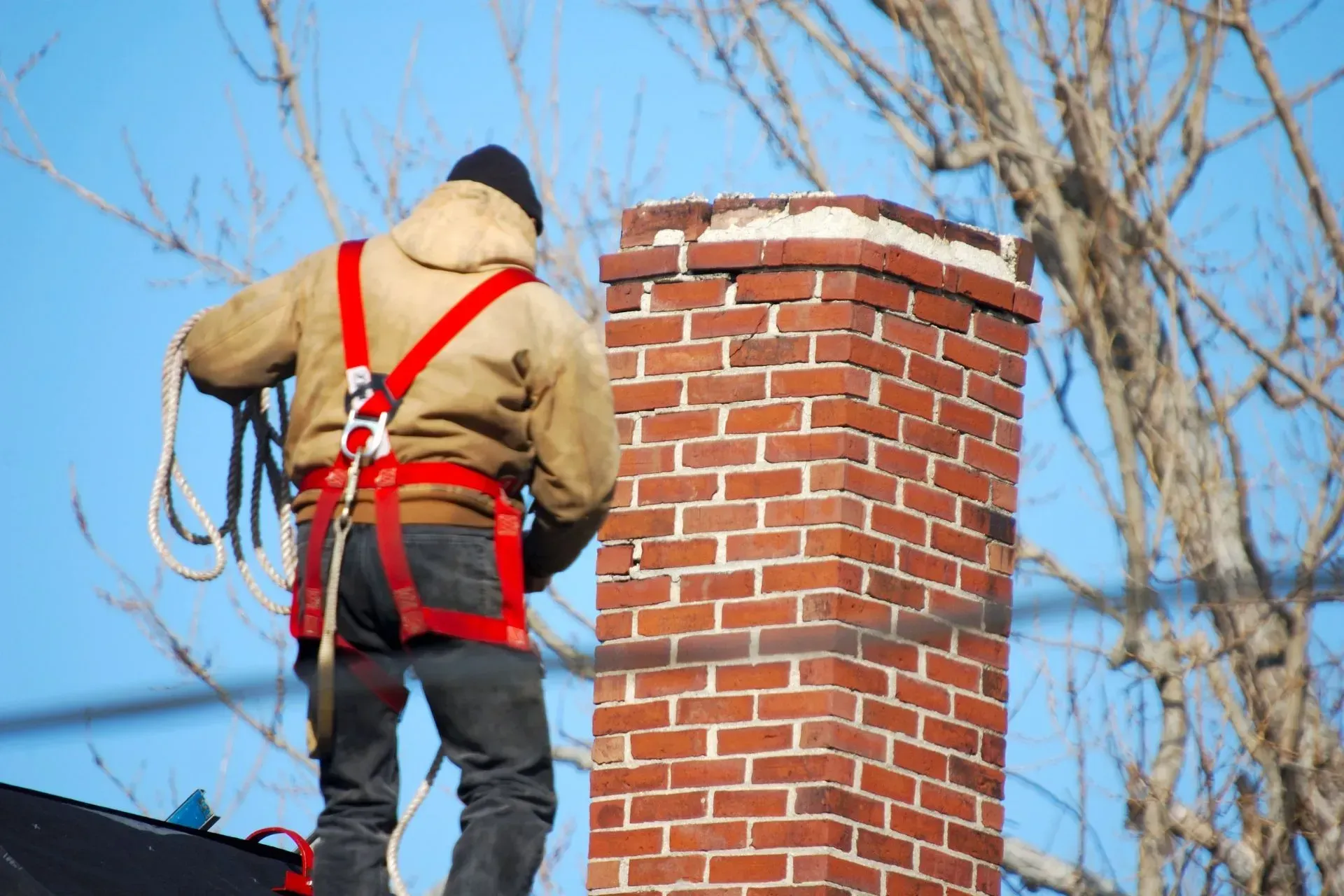Introduction to Chimney Waterproofing
What is Chimney Waterproofing?
Chimney waterproofing is a process designed to prevent water from seeping into the brick, mortar, and structural layers of a chimney. Water may not seem like a threat at first, but when left unchecked, it can quietly eat away at the chimney from the inside out. Over time, rain, snow, ice, and even humidity can cause serious damage to a chimney’s structure.
Waterproofing involves applying a specially-formulated sealant to the exterior of the chimney. This breathable barrier keeps water out while still allowing moisture inside the brick to escape. Without this breathability, trapped moisture could freeze in winter, leading to cracks and damage.
The Importance of Protecting Your Chimney
When your chimney is exposed to constant moisture, it becomes vulnerable to decay. Even the smallest leak can lead to rusting metal components, deteriorating mortar joints, and dangerous mold. Waterproofing isn’t just preventative—it’s essential. Especially in rainy or snowy regions, it protects your home’s heating system, safety, and resale value.
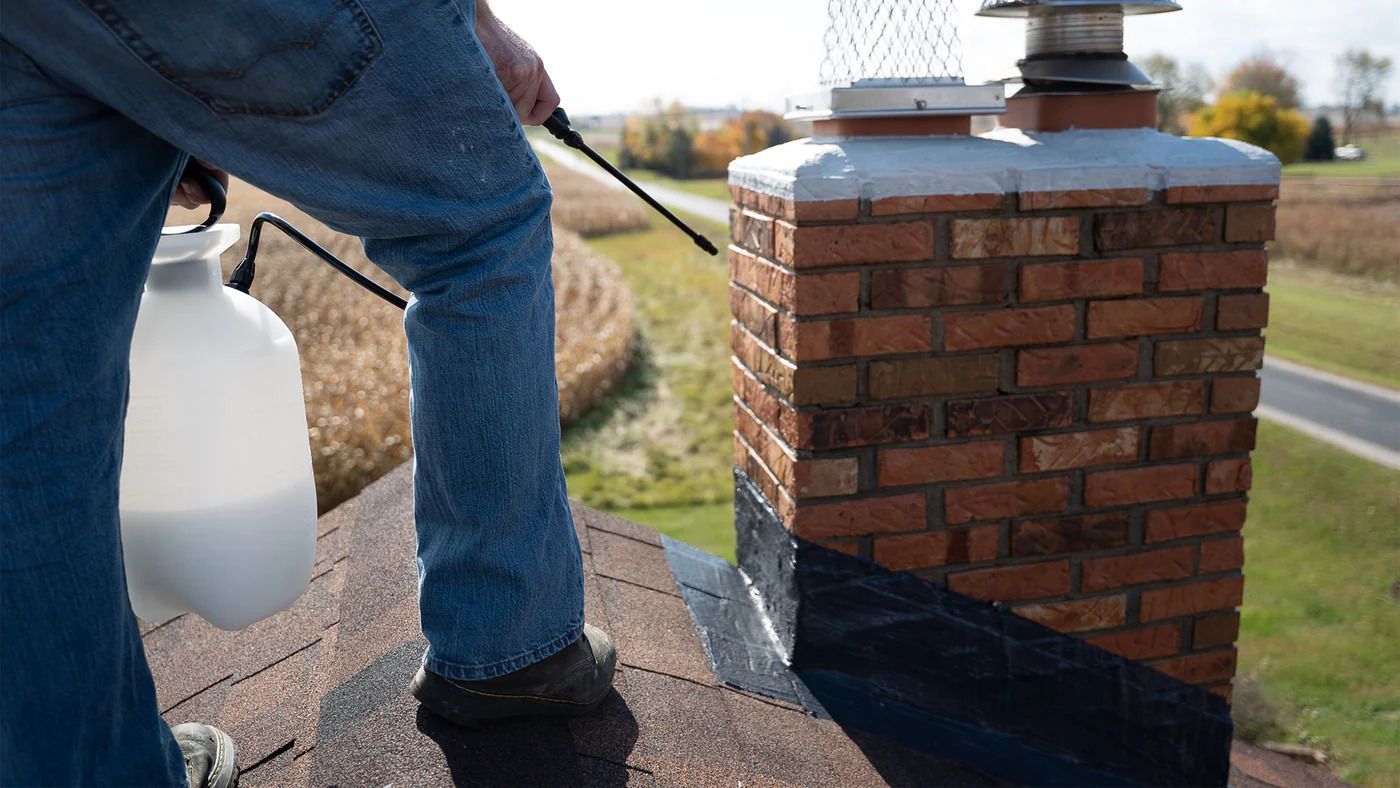
Understanding Chimney Structures
Anatomy of a Chimney
A chimney isn’t just a stack of bricks. It includes several key parts:
- Flue: Carries smoke out of your home.
- Crown: Top portion that seals the chimney.
- Cap: Prevents rain and animals from entering.
- Mortar joints: Hold the bricks together.
- Flashing: Seals the gap between the chimney and roof.
Each of these parts plays a role in keeping water out, and even one weak spot can cause trouble.
Vulnerable Parts of a Chimney to Water Damage
Mortar joints, crowns, and flashing are the most common entry points for moisture. As these parts wear down, cracks form—inviting rain, ice, and debris into the chimney system. Flashing failures around the roofline are a top cause of leaks.
Why Chimney Waterproofing Matters
Long-Term Damage from Water Intrusion
Unchecked moisture can do a number on your chimney:
- Freeze-thaw cycles cause cracks and crumbling.
- Rust eats away at metal liners and dampers.
- Mold can spread into your attic and walls.
Water doesn’t just harm the chimney—it creates safety hazards in your home.
Cost Implications of Ignoring Waterproofing
Skipping waterproofing might save a few bucks today, but it’ll cost you thousands later. A chimney rebuild, crown replacement, or mold removal is much more expensive than a simple sealant treatment.
How Chimney Waterproofing Works
Types of Waterproofing Products
There are two main types:
- Silicone-based sealants: Offer long-lasting protection but may trap moisture.
- Silane/siloxane repellents: More breathable and ideal for brick chimneys.
Professionals typically choose water-repellent treatments that prevent water from entering without sealing the brick completely.
Professional vs. DIY Application
While DIY kits exist, they often fall short. Professionals understand which sealants to use, how to apply them evenly, and when to treat hidden cracks. A reliable Chimney Service can inspect your chimney and recommend the best plan.
Step-by-Step Chimney Waterproofing Process
- Clean the chimney surface.
- Repair any cracks or damaged mortar.
- Apply water repellent with a pump sprayer.
- Allow drying time (usually 6–12 hours).
- Inspect for any missed areas.
Signs You Need Chimney Waterproofing
Common Water Damage Symptoms
- White staining (efflorescence)
- Crumbling mortar
- Damp smells inside your fireplace
- Water in the firebox
- Stained walls or ceilings near the chimney
Seasonal and Regional Considerations
If you live in areas with heavy rainfall, snow, or freeze-thaw cycles, chimney waterproofing is crucial. Seasonal rainstorms and melting snow can quickly expose weaknesses.
Materials Used in Chimney Waterproofing
Sealants and Their Properties
Quality sealants should:
- Repel water
- Allow vapor to escape
- Be UV-resistant
- Last 5–10 years per application
Water Repellent vs. Water Sealer
Water repellents are breathable and ideal for masonry. Sealers (like paint or silicone) often trap moisture, causing more harm than good.
Benefits of Chimney Waterproofing
Increased Longevity of the Chimney
Waterproofing extends your chimney’s lifespan by keeping out moisture and reducing structural stress. It also helps preserve the look and strength of your bricks.
Prevention of Mold and Structural Decay
Moist chimneys grow mold. That mold can spread into your attic and living areas. A dry chimney also means less chance of warped wood, rusted metal, or collapsed flues.
Common Chimney Waterproofing Mistakes
Using the Wrong Products
Not all sealants are created equal. Using silicone-based coatings on brick can lead to trapped moisture and early deterioration.
Ignoring Structural Issues First
Waterproofing a cracked or damaged chimney won’t help. Cracks must be repaired, and the chimney properly cleaned before any product is applied.
The Role of a Chimney Service
Importance of Professional Inspection
A certified Chimney Service can spot early signs of damage, recommend proper materials, and ensure your waterproofing is effective for years.
Choosing a Reliable Chimney Service
Look for certified technicians, positive reviews, and detailed service plans. Don’t go cheap—quality matters.
When is the Best Time to Waterproof a Chimney?
Seasonal Timing Tips
Late spring or early summer is ideal. The weather is warm and dry, giving the sealant time to cure. Avoid waterproofing in cold, rainy, or humid conditions.
Factors That Affect Timing
- Humidity levels
- Temperature
- Precipitation forecast
Always check the weather before scheduling service.
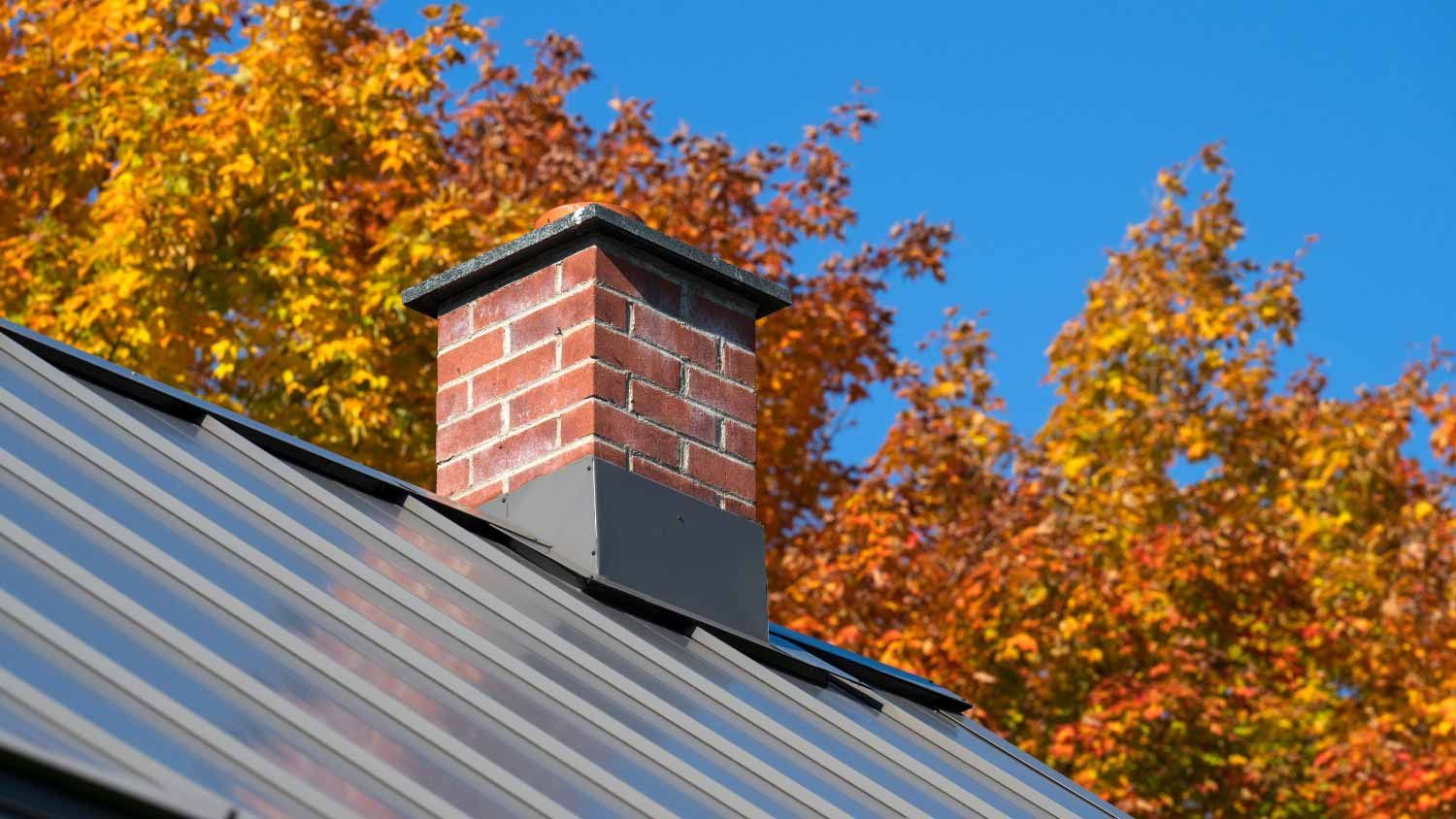
How Weather Affects Chimney Integrity
Rain, Snow, and Freeze-Thaw Cycles
Moisture seeps in, freezes, expands, and cracks the brick or mortar. This cycle repeats every winter, widening the cracks each time.
Effects of Humidity and Salt Air
Homes near the coast face extra challenges. Salt air accelerates corrosion and brick erosion—making waterproofing even more essential.
Chimney Waterproofing and Home Insurance
Are Damages Covered?
Insurance usually doesn’t cover damage caused by neglected maintenance. If your insurer sees that your chimney wasn’t sealed, your claim may be denied.
Talking to Your Insurance Provider
Ask if chimney maintenance affects your coverage. Some providers offer discounts for proactive care, including waterproofing.
Cost Breakdown of Chimney Waterproofing
Average Pricing Range
- DIY kits: $50–$100
- Professional service: $250–$750 depending on height and condition
What Influences the Cost
- Chimney height and size
- Type of material used
- Number of cracks or repairs needed
Chimney Flashing and Waterproofing
What is Flashing?
Flashing is a metal barrier between the chimney and roof. It keeps water from leaking into your attic or walls.
How Flashing Works with Waterproofing
Flashing must be intact before applying waterproofing. A good technician will inspect flashing and repair or replace it during the process.
Waterproofing New vs. Old Chimneys
Considerations for Older Homes
Older chimneys may have hidden cracks, loose bricks, or outdated mortar. These need repair before waterproofing can be effective.
Integrating Waterproofing into New Builds
New chimneys benefit from immediate sealing. Builders should apply water repellents after brickwork is complete.
Maintenance After Waterproofing
Annual Checkups and Maintenance Tips
- Inspect once a year
- Look for white stains or loose mortar
- Reapply sealant every 7–10 years
Reapplying Sealant Over Time
Good products last up to a decade, but exposure varies. Talk to a Contact expert if you’re unsure.
Chimney Waterproofing Explained
The Science Behind It
Waterproofing uses micro-particles that bond with masonry. These create a hydrophobic (water-repellent) surface without sealing the pores completely.
How It Protects Brick, Mortar, and Structure
Moisture stays out, but the chimney still “breathes.” This prevents water buildup inside, avoids pressure cracks, and keeps the entire structure dry and strong.
How to Contact a Professional for Help
Get a Local Estimate
Whether your chimney is old or newly built, a professional inspection will identify the right waterproofing approach.
Reach Out to Contact Experts
Have questions or want a quote? Don’t wait until the rainy season starts. Contact your local pros today for peace of mind.
FAQs
What is the best time to waterproof a chimney?
Late spring to early summer is best—dry conditions help the sealant cure properly.
How long does chimney waterproofing last?
A good waterproofing job can last 7–10 years, depending on weather and materials used.
Can I waterproof my chimney myself?
DIY kits exist, but for lasting results, it’s safer to hire a professional chimney service.
Is chimney waterproofing really necessary?
Yes. Without it, water can cause thousands of dollars in damage over time.
What’s the difference between sealing and waterproofing?
Waterproofing allows vapor to escape. Sealing traps moisture, often causing damage.
How much does chimney waterproofing cost?
Professional services range from $250 to $750 depending on size and condition.
Conclusion
Chimney waterproofing isn’t just an optional add-on—it’s a vital part of home maintenance. It protects your home from expensive damage, mold, and safety issues. Whether you live in a rainy city or an icy mountain town, sealing your chimney with the right methods will keep your home safe and dry for years to come. Don’t wait until it’s too late. Call a trusted Chimney Service and schedule your inspection today.
Links
